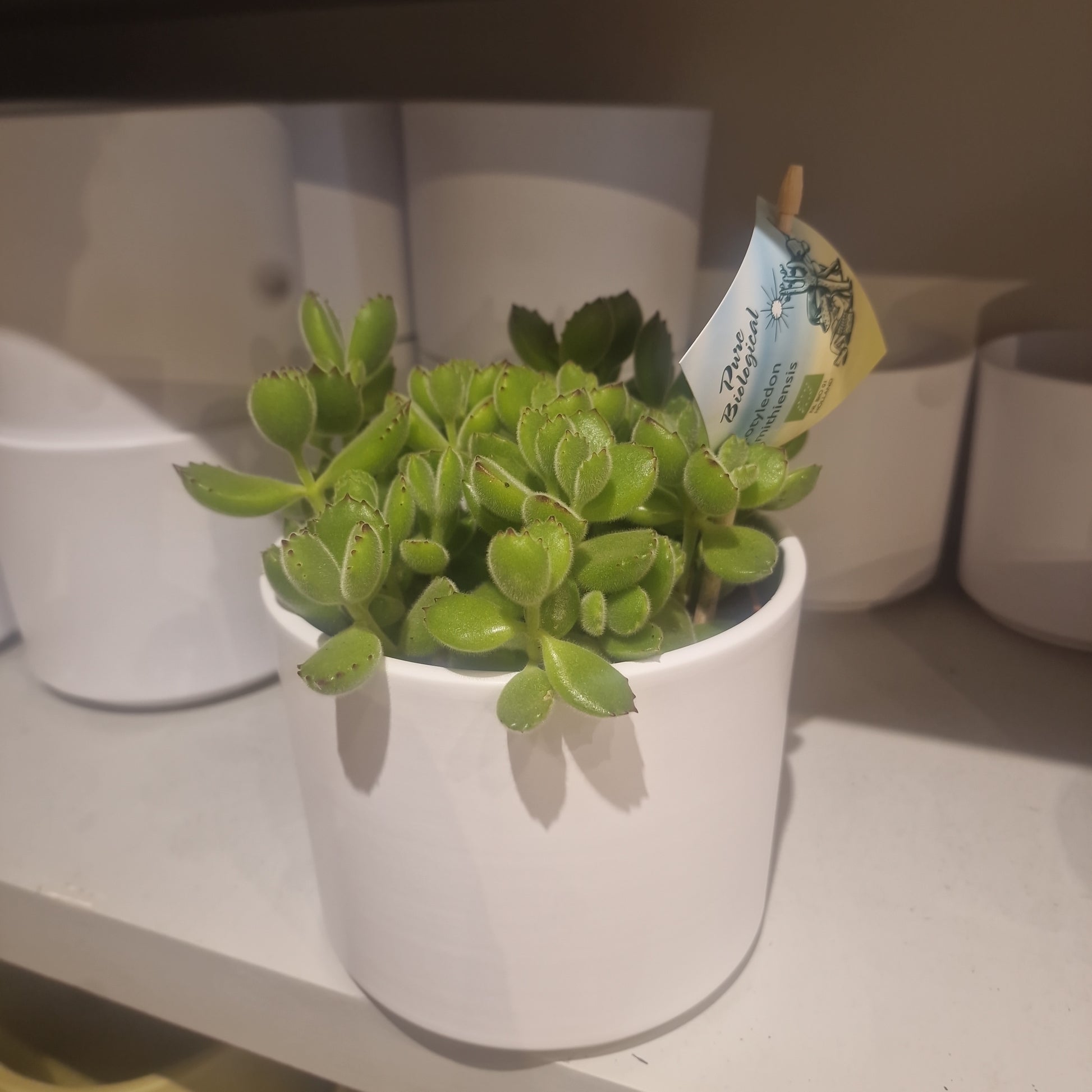Cotyledon tomentosa (bear's paw)
Cotyledon tomentosa (bear's paw)
Rated 4.9 ⭐ by 100 satisfied customers on Google
Currently in stock
Couldn't load pickup availability
- Home delivery throughout Belgium
- Collection in Leuven possible
- A real gem for the living room
- Lifelong help for all your plant questions
Discover the unique charm of Cotyledon tomentosa (bear's paw), a soft, hairy succulent that instantly evokes a cuddly feeling. Its velvety leaves and vibrant markings make it a perfect fit for almost any interior. This plant is ideal for beginners: it doesn't require daily attention, yet exudes character.
Cotyledon tomentosa (bear's paw) grows compactly and generally stays under 30 cm tall. This makes it perfect for a cozy windowsill or a stylish corner in the living room. Combine it with other succulents from our collection, such as Kalanchoe tomentosa or Aloe vera , to create a green gem.
How to care for a Cotyledon tomentosa (bear's paw)
Watering Cotyledon tomentosa (bear's paw)
Cotyledon tomentosa (bear's paw) is a succulent, so it stores water in its leaves. Water about biweekly in spring and summer, allowing the soil to dry out between waterings. Reduce watering even further in fall and winter. Be careful not to overwater, as root rot can develop; read more about what to do about root rot here.
Light requirements of the Crassulaceae family (Cotyledon tomentosa)
Cotyledon tomentosa belongs to the Crassulaceae family and loves light. Place it on a sunny windowsill, but avoid bright midday sun, which can burn the leaves. Insufficient light will cause the leaves to grow less vigorously and the markings to fade. A bright location promotes healthy growth and firm buds.
Common problems with Cotyledon tomentosa (bear's paw)
Yellow leaves
Yellow leaves often indicate overwatering. Check the potting soil and let it dry out completely before watering again. A lack of light can also be a factor; a brighter location can help. See our blog post on root rot for more tips.
Plant is dripping
Drops of sap sometimes appear on the leaves if the plant drinks too much water and can't transpire quickly enough. Ensure good ventilation and water less frequently. A location with slightly drier air can improve the moisture balance. For tips on increasing humidity, see 5 tips to increase humidity .
Plagues
Spider mites or mealybugs can occasionally appear on Cotyledon tomentosa. Inspect the undersides of the leaves weekly. Treat with an organic spray or wipe the pests away with a cotton swab and some alcohol. Our range of sticky traps for fungus gnats also helps with other small pests.
Roots go at the bottom of the pot
If the roots are coming out of the drainage holes, it means the plant is outgrowing its pot. Repot in a slightly larger pot with an airy soil mix like our cacti-succulent mix . This will give the roots enough space and oxygen.
Brown edges on the leaves
Brown edges are caused by dry air or excessive sunlight. Move the Cotyledon tomentosa to a spot out of the hot midday sun and, if necessary, increase the humidity slightly. Avoid drafts and sudden temperature changes. You can also regularly mist the plant with a fine mist from a plant sprayer .
Is Cotyledon tomentosa (bear's paw) poisonous?
Cotyledon tomentosa contains mildly toxic compounds for pets and humans. Therefore, it's wise to keep it out of reach of children and curious pets. Looking for a non-toxic houseplant? Then browse our collection of non-toxic houseplants .
Various species of Cotyledon and related succulents
- Cotyledon orbiculata
- Kalanchoe tomentosa
- Crassula ovata (Jade plant)
- Sedum morganianum (Elvis' beard)
- Echeveria elegans
- Kalanchoe blossfeldiana
- Graptopetalum paraguayense
For everything you need, from pots to potting soil, check out our potting soil and accessories . Also discover how to stylishly display your succulents with our houseplant pots .
Share
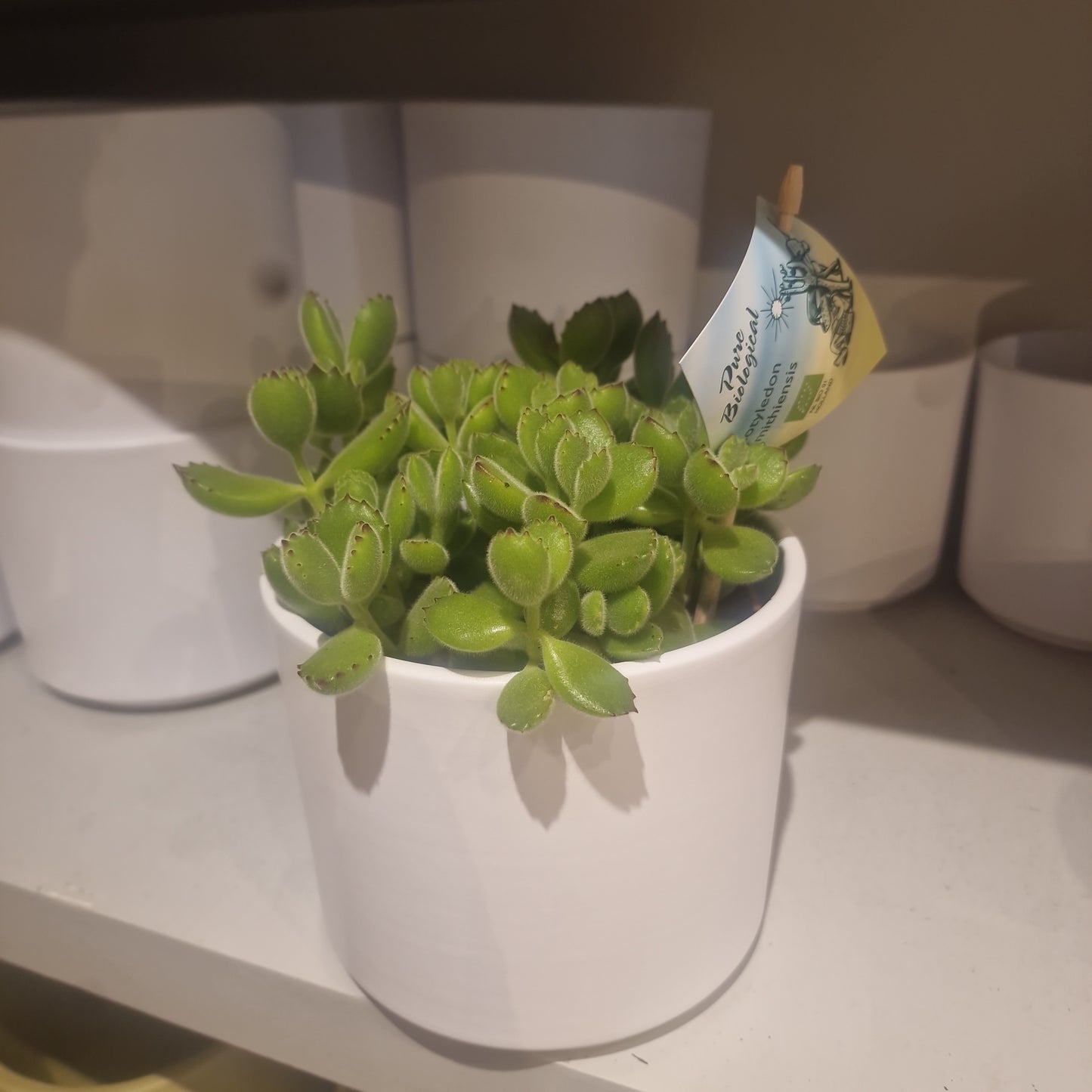
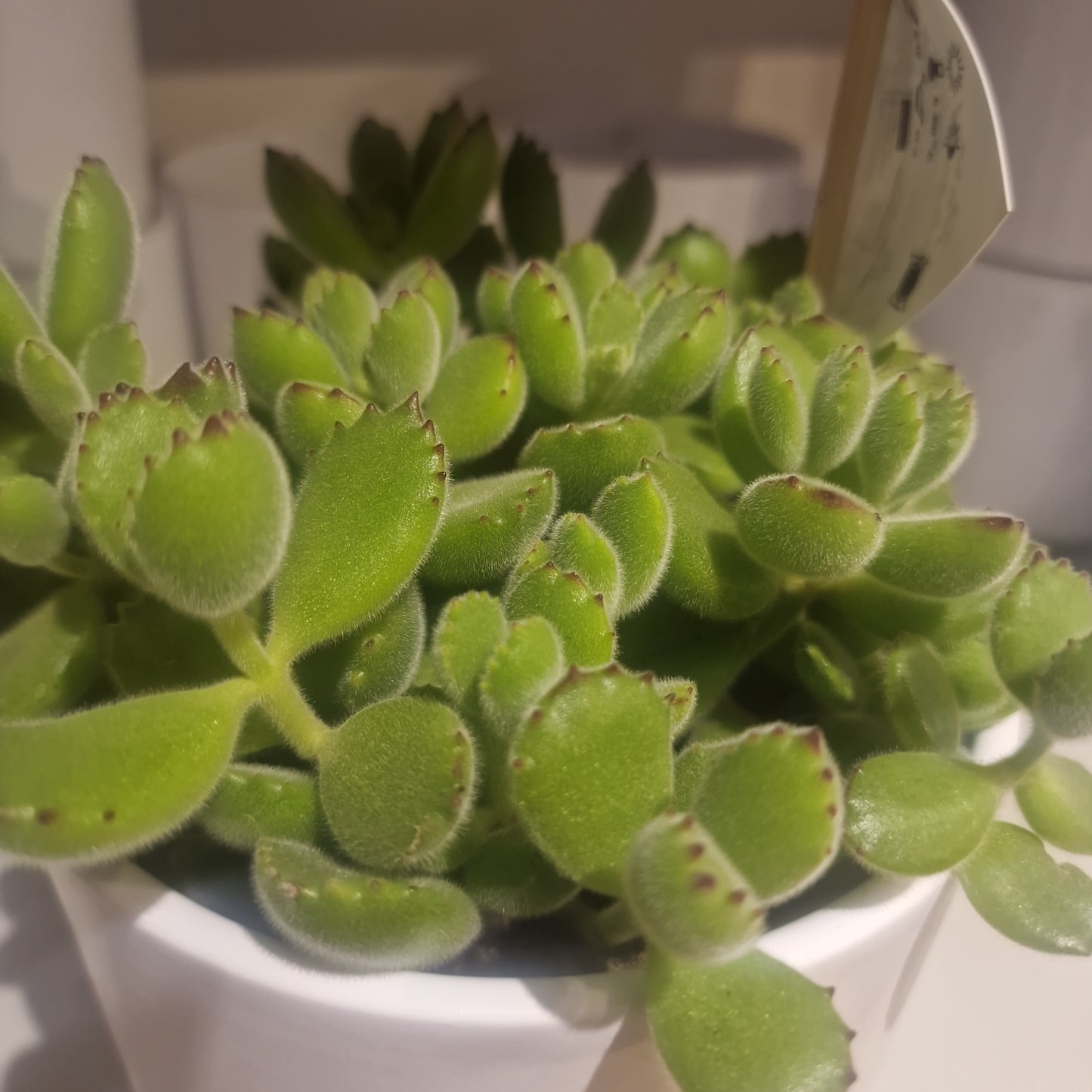
Frequently Asked Questions
How do you ship plants?
We always ship our plants well packaged and safely.
We do not ship on cold days and we also try not to ship during the weekends. This way plants are always in suboptimal conditions for a minimum time.
What is your shipping policy?
You can read our shipping policy here.
What payment methods do you accept?
We accept various payment methods online such as Bancontact, Visa, Mastercard, Paypal.
You can also pay with Ecocheques in our store in Leuven.
Can I return the products?
You can read our returns policy here.
Where do your plants come from?
Our plants always come straight from the grower to our shop. With minimal stops we prevent pests and diseases and keep the chain short!
Collections
-
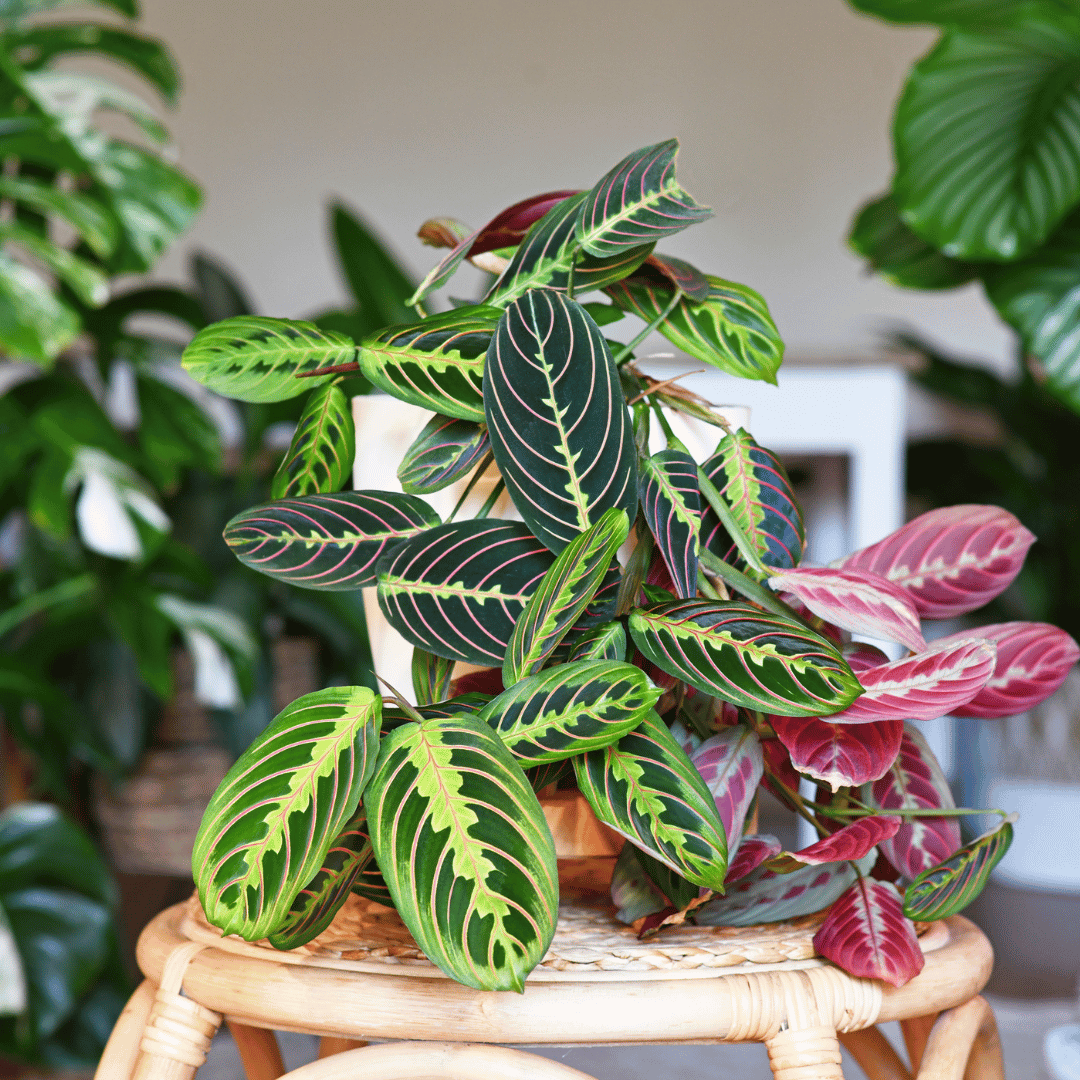
Buy Maranta's
Discover the unique charm of our collection of Maranta plants. With their...
-
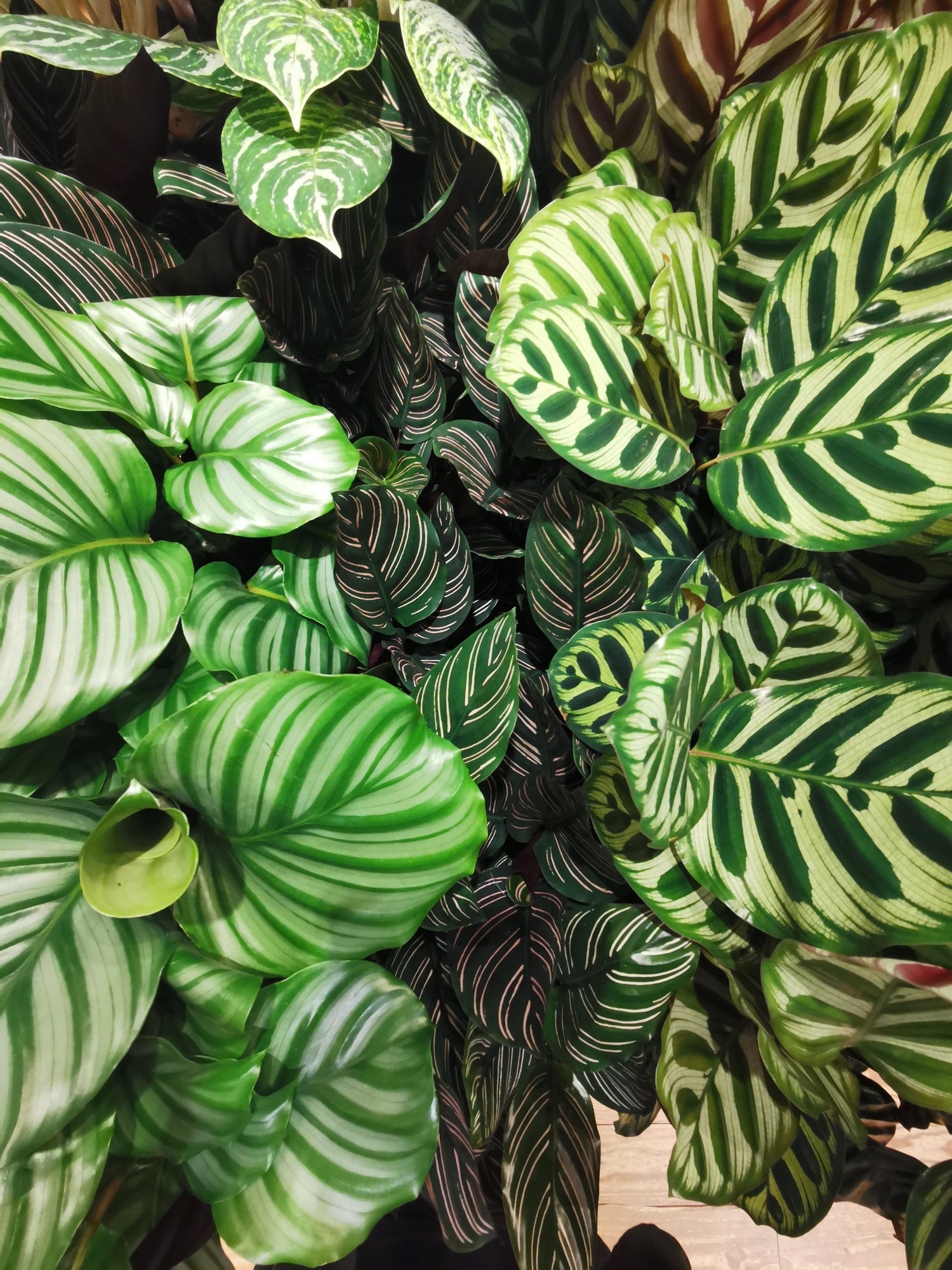
Buy Calathea
Are you looking for a beautiful and unique houseplant that will purify...
-
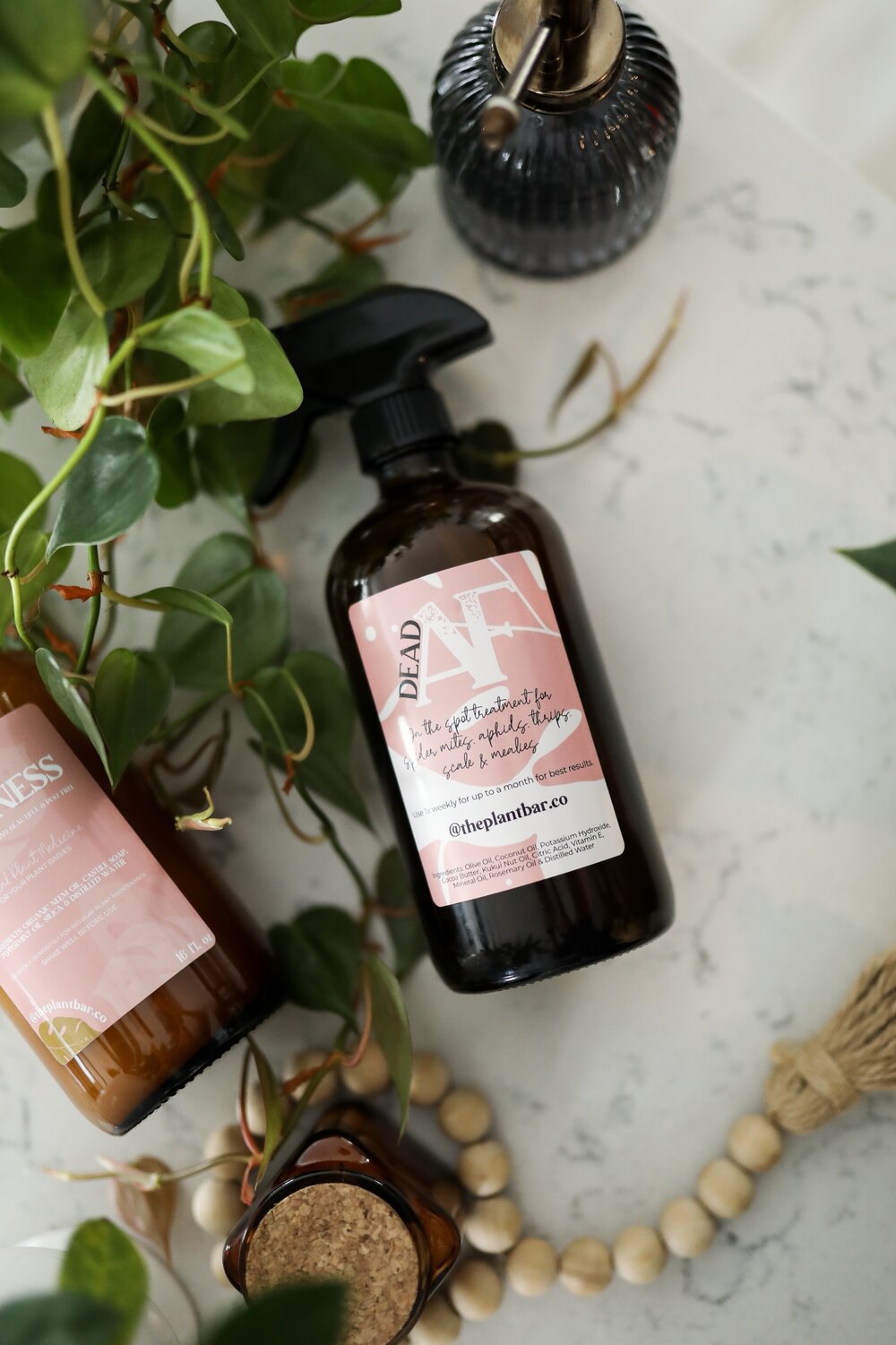
Accessories for Plant Lovers
In our store we have a wide variety of accessories to help...

